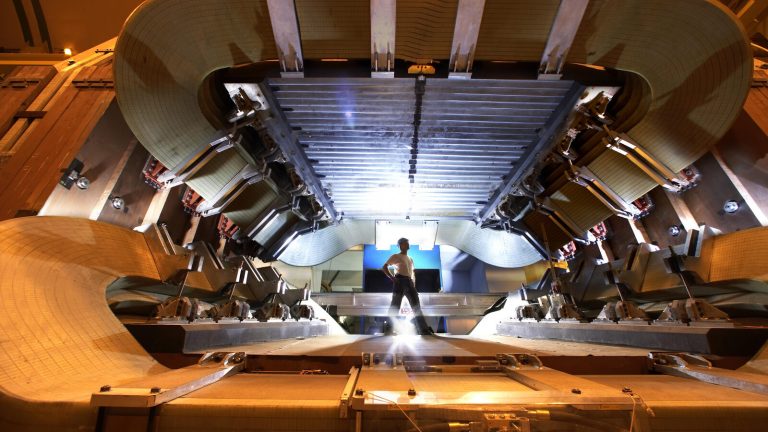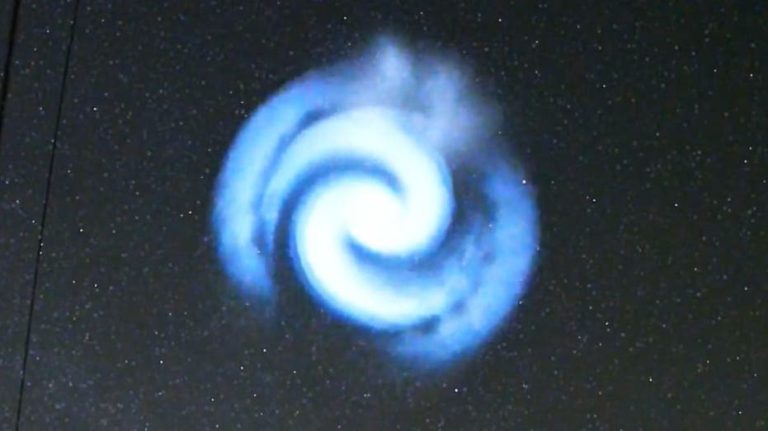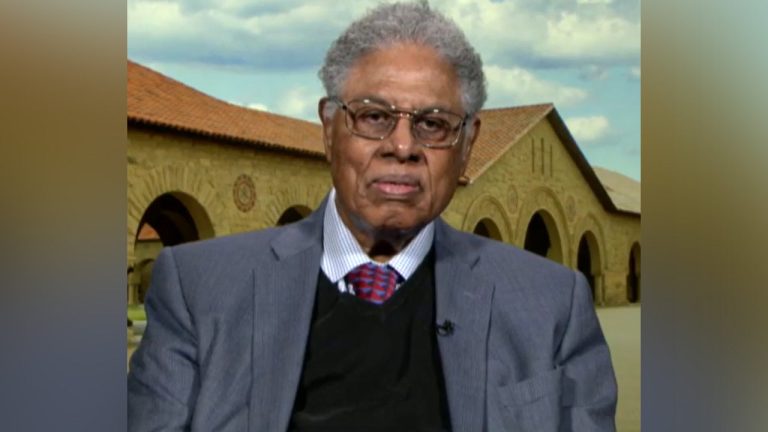
A quantum computer has created a strange particle that can remember its past.
Quantinuum said Tuesday that its System Model H2 Quantum computer — the highest-performing quantum computer ever built, powered by Honeywell — had created non-Abelian topological quantum matter and braided its anyon for the first time.
The company explained one of the first experiments conducted on H2, in collaboration with researchers from Harvard University and Caltech, had demonstrated a new state of matter, a non-Abelian topologically ordered state.
“For anyone who thought that quantum computers that are able to push forward the boundaries of human knowledge and scientific progress are still in the far distance, today marks a turning point,” CEO Rajeeb Hazra said in a release. “A world-leading team of scientists have used Quantinuum’s H2 quantum computer to achieve something that was previously not possible.”
‘PIG BUTCHERING’ SCAMS: WHAT TO KNOW ABOUT THE ONLINE SCHEMES AND HOW TO AVOID THEM

Signage outside the Honeywell Quantum Computer Lab in Broomfield, Colo., Oct. 14, 2020. (David Williams/Bloomberg via Getty Images)
Quantum computing is a technology that harnesses the laws of quantum mechanics to solve problems too complex for classical computers.
This particle, called an anyon, was theorized by physicists decades ago.
The quasiparticles, a concept the Department of Energy says helps scientists describe the patterns that emerge when subatomic particles interact in huge numbers, are collective excitations of many electrons in solid devices.
They can form in two-dimensional systems, whereas fermions and bosons are the only two categories of particles experienced in the world on a daily basis, according to Brown University’s Dmitri Feldman.
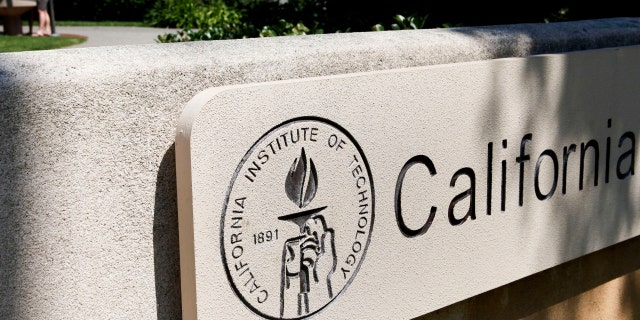
California Institute of Technology signage stands on campus in Pasadena, Calif., July 9, 2013. (Patrick T. Fallon/Bloomberg via Getty Images)
Anyons are classified as Abelian or non-Abelian.
Non-Abelian anyons could store quantum information without the need of error correction and retain a “memory” of their relative positions in the past. Feldman said they have properties that could be used for topological quantum memory.
Quantum memories store the quantum state of a photon — light is made up of photons — or another entangled particle without destroying the quantum information of that particle. Quantum memory devices can store quantum data like classical computer memories store information as binary states.
CERN TOUTS DISCOVERY OF EXOTIC PARTICLES AMID THIRD RUN OF LARGE HADRON COLLIDER

The John Harvard statue on the campus of Harvard University in Cambridge, Mass. (Sergi Reboredo/VW Pics/Universal Images Group via Getty Images)
“A quantum memory is a small quantum computer that can catch and store quantum bits that are encoded in photons without measuring them, as measuring them would destroy any entanglement that they have. The stored quantum bits can be processed and reencoded in photons if necessary,” David Levonian, quantum research scientist at the AWS Center for Quantum Networking, previously told Phys.org.
Quantum bits are also known as qubits and are the basis of quantum computers.
The Department of Energy explained that braiding involves one quasiparticle looping around the other. Fermions and bosons retain no memory of a loop, but researchers can use braiding to change the quantum state of anyons, meaning they retain memories of their loops.
“Many anyon systems can build collective memories that can serve as the basis for a quantum computing approach called ‘topological quantum computing.’ Because of how braiding works, qubits made of anyons retain their quantum coherence for long times, allowing for greater fidelity,” it said.
Quantinuum wrote that the controlled creation and manipulation of non-Abelian anyons leading to topological qubits marks a “significant step towards universal fault-tolerant quantum computing.”
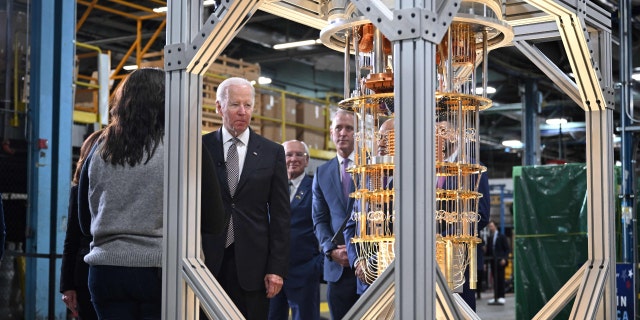
President Biden looks at a quantum computer as he tours the IBM facility in Poughkeepsie, N.Y., Oct. 6, 2022. (Mandel Ngan/AFP via Getty Images)
CLICK HERE TO GET THE FOX NEWS APP
Universal means that arbitrary quantum computations can be performed and fault-tolerant indicates quantum logic gates used in the design of a quantum computer keep errors from cascading out of control.
Quantinuum President and COO Tony Uttley said the “implications for society are significant.”
“With our second-generation system, we are entering a new phase of quantum computing,” he remarked. “H2 highlights the opportunity to achieve valuable outcomes that are only possible with a quantum computer. The development of the H2 processor is also a critical step in moving towards universal fault tolerant quantum computing.”


